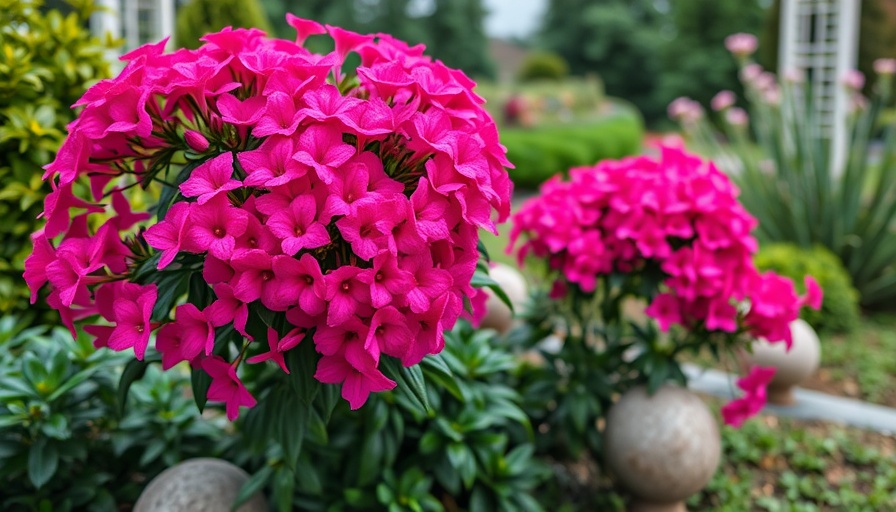
Reviving the Love for Impatiens: An Old Favorite
Once revered as one of the most adored flowers to brighten up shady corners, impatiens (Impatiens walleriana) faced a dark period in the early 2010s when downy mildew outbreaks devastated their presence in gardens across North America. These versatile and vibrant blooms were often used to create stunning displays in flower beds, but their decline left a noticeable gap in many landscapes. However, a resurgence is underway thanks to new cultivars and effective cultivation techniques, allowing gardeners to once again enjoy the beauty of impatiens in their outdoor spaces.
Understanding Impatiens: Basics and Best Practices
Impatiens are characterized by their lush foliage and colorful blossoms that can thrive in partial sun and shade, making them the perfect choice for those less sunny spots in your garden. With a bloom time extending through spring, summer, and fall, they offer long-lasting color and appeal. Here’s a quick look at their essential growing requirements:
- Soil: Rich, loamy, well-draining soil with a slightly acidic pH of 5.5-6.5.
- Water Needs: High, requiring consistent moisture to keep them thriving.
- Spacing: Place plants about 12 inches apart for optimal growth.
- Plant Type: Annual flower that can reach up to 3 feet in height.
Choosing the Right Cultivars for Diverse Landscapes
The market now offers a variety of impatiens cultivars tailored to different garden needs. For instance, the SunPatiens series is known for its exceptional heat tolerance, making them ideal for sunny locations, while traditional impatiens shine in the shade with their robust, full blooms. Gardeners looking to reinvigorate their flower beds have an array of choices to select from, ensuring there’s an option that perfectly fits their landscape design dreams.
Implementation of Effective Maintenance Techniques
Proper maintenance of impatiens involves regular water application to ensure they remain hydrated, especially in warmer months. Additionally, light fertilization using organic options can enhance growth. Controlling pests and diseases is crucial, as their susceptibility to downy mildew must be monitored. Employing preventive measures, such as ensuring proper air circulation around plants and using resistant varieties, are effective strategies for maintaining vibrant growth.
Garden Design Ideas Incorporating Impatiens
When planning your garden design, consider utilizing the cheerful hues of impatiens to create dynamic flower beds alongside other annuals and perennials. For instance, pairing them with ferns or hostas can provide a stunning contrast in texture while maintaining an aesthetically pleasing look. Additionally, positioning them in containers or hanging baskets can offer versatility in managing shaded and sunny areas of your garden.
Future Trends: Resilience and Color in Gardening
As gardening enthusiasts look for more sustainable blooms, impatiens can rise to the challenge. With continuous advancements in breeding initiatives, new, disease-resistant cultivars promise colorful blooms that are easier to care for. This resilience aligns perfectly with the growing movement toward organic gardening and environmentally friendly practices, appealing to a new generation of gardeners.
Creating your Backyard Oasis
The return of impatiens reminds us of the joy that vibrant flowers can bring into our outdoor spaces. Whether you’re seeking to liven up a shaded corner or create a stunning focal point in your garden, these flowers are worth considering. By understanding the proper care techniques, choosing the right cultivars, and employing effective design strategies, any gardener can successfully integrate impatiens into their landscape.
As we head into the planting season, why not explore the local nurseries and find the perfect impatiens to add color and life to your garden? Embrace this gardening opportunity, connect with nature, and transform your outdoor space into an inviting sanctuary!
 Add Row
Add Row  Add
Add 




Write A Comment